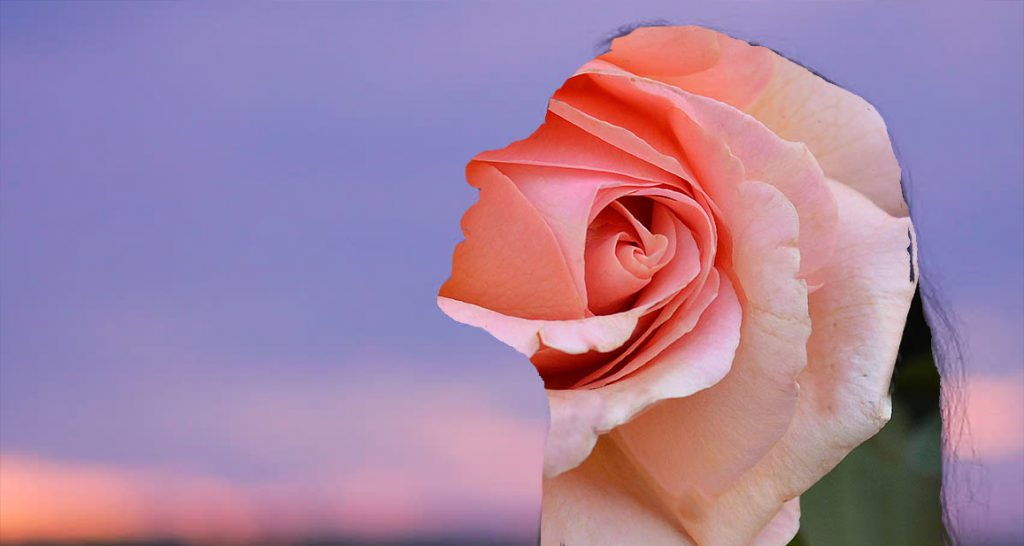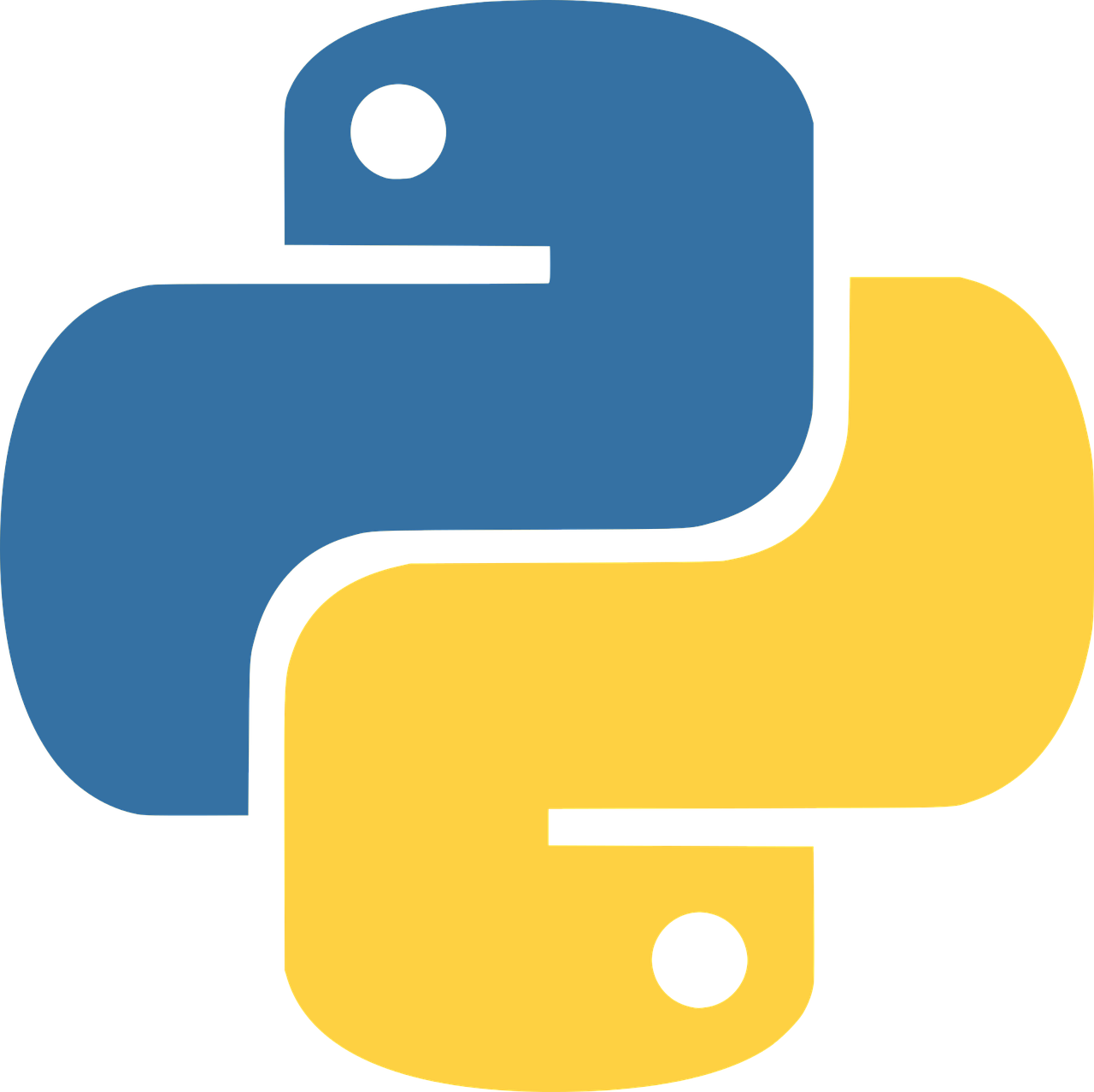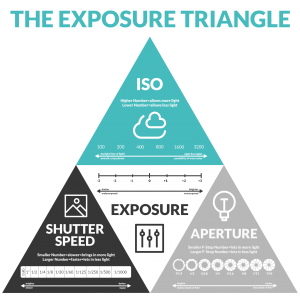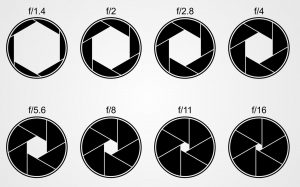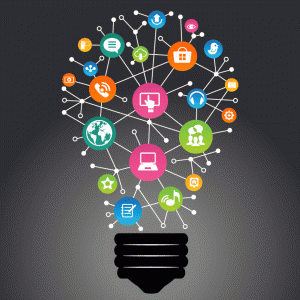
Technology Revolution is one big change that made huge impacts on humanity that will leave tracks on this world forever. Technology is so powerful and broad, with so many sectors and fields that we can study and master. In Technology, there is a whole range of editing, from editing videos, photos, artworks, abstract concepts, digital painting to editing movies, soundtracks and more. Furthermore, there are hundreds of other skill, including programming language, building or developing the application, programming robots. Technology has a huge range of different activities for us to learn, depending on our own passions and type of creativity. However, you can also get more creative by stepping outside of your comfort zone to work on the skills that you are not familiar with. That is what I did for an independent project in my Technology and Multimedia class.

After learning about the Python programming language, premium-pro, and video editing skills and some more skills, I want to try out new fields of technology that can allow me to learn something new and to build new types of creativity. Therefore, I chose to work on digital arts, especially drawing and painting in adobe photoshop. Learning a new skill is challenging, but since there are many helpful resources on the internet that can help a new-learner like me. Although the platform (adobe photoshop) is quite complex and advanced, there are great tutorials that I used to study the tools. I find digital art really interesting and it is fun to be able to learn something new and to create a product using a skill you never thought you would be able to have. I used to fear of learning new things, especially technology lessons that seem complex and advance. However, this course of digital art completely changed my mindset towards technology lessons. The challenges that await you when you learn something new are the resources to help you grow, to build your knowledge, expand your creativity and innovation. It opens up your mind to new concepts, ideas that you would have never imagined, it takes you to the other side of the world, not the ordinary one you are living in.
I understand why people would prefer things that are comfortable, easy and safe for them. However, I see a whole new world of opportunities and growth awaiting for people to enter, where people can grow and learn more about the world around them, what they are actually capable of when they open up their minds to new innovative ideas and lessons. There is nothing that you can’t learn, it is just the boundary of your mindset. Therefore, I would love to encourage everyone to try new things, think outside the box and try to learn different lessons, even though it is not the one you are most passionate about. You can always find something you enjoy in a new activity, a new light, a new hope, a new perspective, a whole different world of opportunities.
Here is my first digital painting that I made:
Despite this digital painting, I also learned how to edit photos that involved story-telling skill. Here is one of several art projects I have created:


